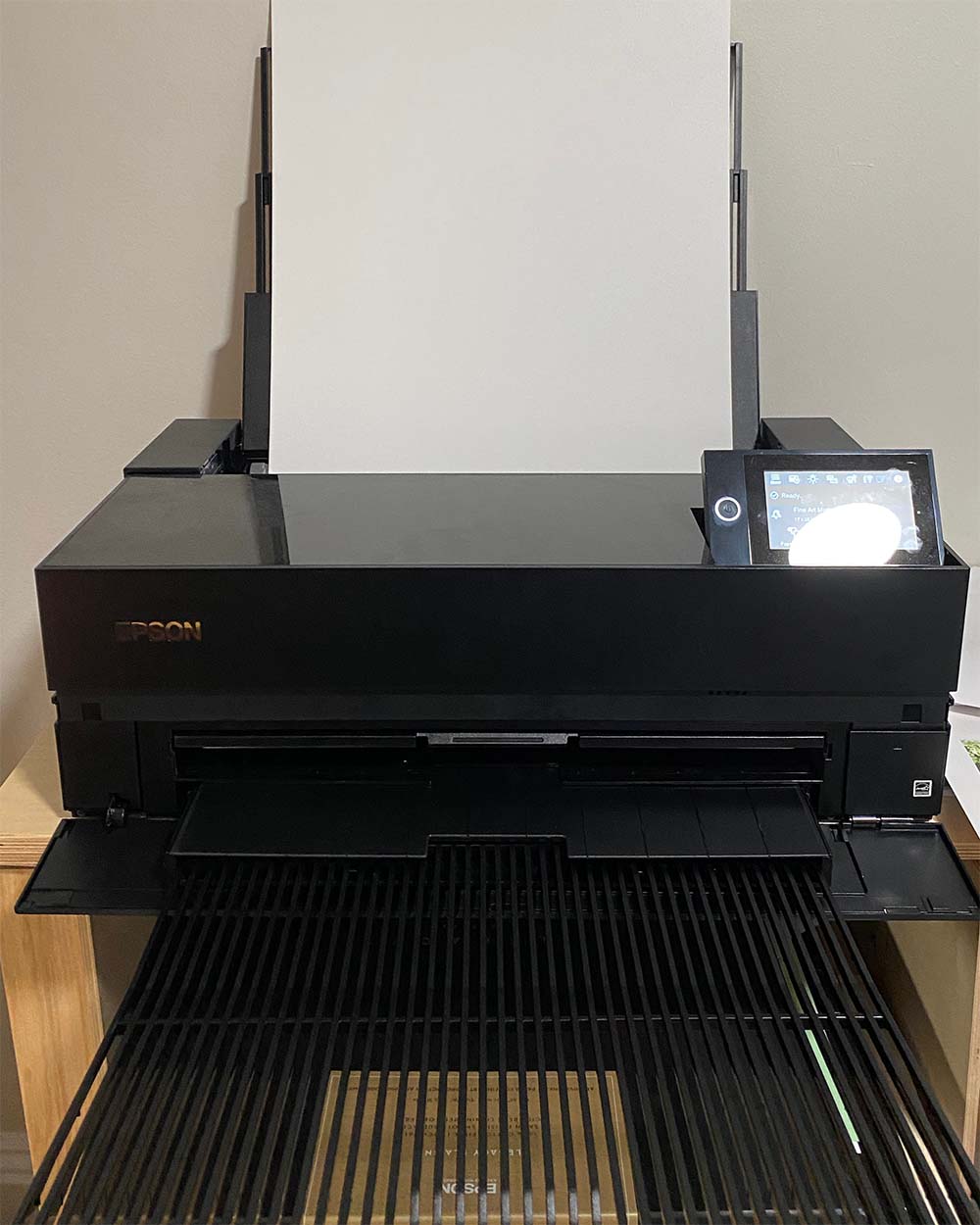lablover27
Well-known member
Check your PM’s ASAPSo you're the one who bought them all!
If you would like to post, you'll need to register. Note that if you have a BCG store account, you'll need a new, separate account here (we keep the two sites separate for security purposes).
Check your PM’s ASAPSo you're the one who bought them all!

Look at precision color for ink and icc profiles. Red river for paper and knowledge. Also Cambridge color for in depth articles about all things printing.@lablover27
I can see you love the Pro-1000 and I'm curious how much of the research I did corresponds to what you've found. The main reason I avoided it was because it seemed like it was better as a daily printer and I knew I would be far more infrequent. Do you print very frequently and, if not, do you run into any issues as a result or feel like you're burning through ink just to keep it in good shape? Have you had any issues if you've left it for a few weeks or a month without touching it (if you went on a trip for example)?
Are there any other downsides of owning the Pro-1000 in your experience?
I hedged my bets with the Pro-300 due to available space, not knowing if I'd really use it and the above concerns. Once I move house later this year I'll have plenty of space and I know I'm printing every 7-14 days with my little print shop.. so I may well be tempted to take a step-up in future.
The Canon inkjets are a great choice.I am considering buying a printer to print my own photos in house. Currently I order prints online from one of the many print houses and I have been happy with the results as I do some on paper and some on metal. I have a couple of friends that have the Canon Pro1000 and are encouraging me to buy one.
So I figured let's start a thread and talk about pros and cons of printing yourself, the real cost, the different brands and their pros and cons etc.
If you have a printer I would love to hear your thoughts and what you have learned.
Thank You,
David
I am considering buying a printer to print my own photos in house. Currently I order prints online from one of the many print houses and I have been happy with the results as I do some on paper and some on metal. I have a couple of friends that have the Canon Pro1000 and are encouraging me to buy one.
So I figured let's start a thread and talk about pros and cons of printing yourself, the real cost, the different brands and their pros and cons etc.
If you have a printer I would love to hear your thoughts and what you have learned.
Thank You,
David
The problem most people have with inkjet printers is that if you dont use them at least once a week the heads dry out.
Red RiverAnyone have a photographic paper that works well with a laser printer?
Where do you get it?Red River
I found them online. Which one of their papers do you use. I tried matte (HP) inkjet paper and it smeared in my printer.Red River
Yeah I buy direct. They sell sample kits which is what I would suggest you try. Lots and lots of choices!I found them online. Which one of their papers do you use. I tried matte (HP) inkjet paper and it smeared in my printer.
Red River Papers WebsiteWhere do you get it?
Red River Paper Photography Samples WebsiteYeah I buy direct. They sell sample kits which is what I would suggest you try. Lots and lots of choices!
+1!Red River
very satisfied with Cartridge AmericaI am printing on Glossy photo paper with a Canon MX922. My print size is 4x6. I have been using OfficeWorld ink cartridges that I got from Amazon and was happy but now I am out and can't find this brand. Does anyone have an inexpensive brand of ink they like?
Can you share a bit more about why you are looking for photo paper on a laser printer? This is an unusual combination.Anyone have a photographic paper that works well with a laser printer?
